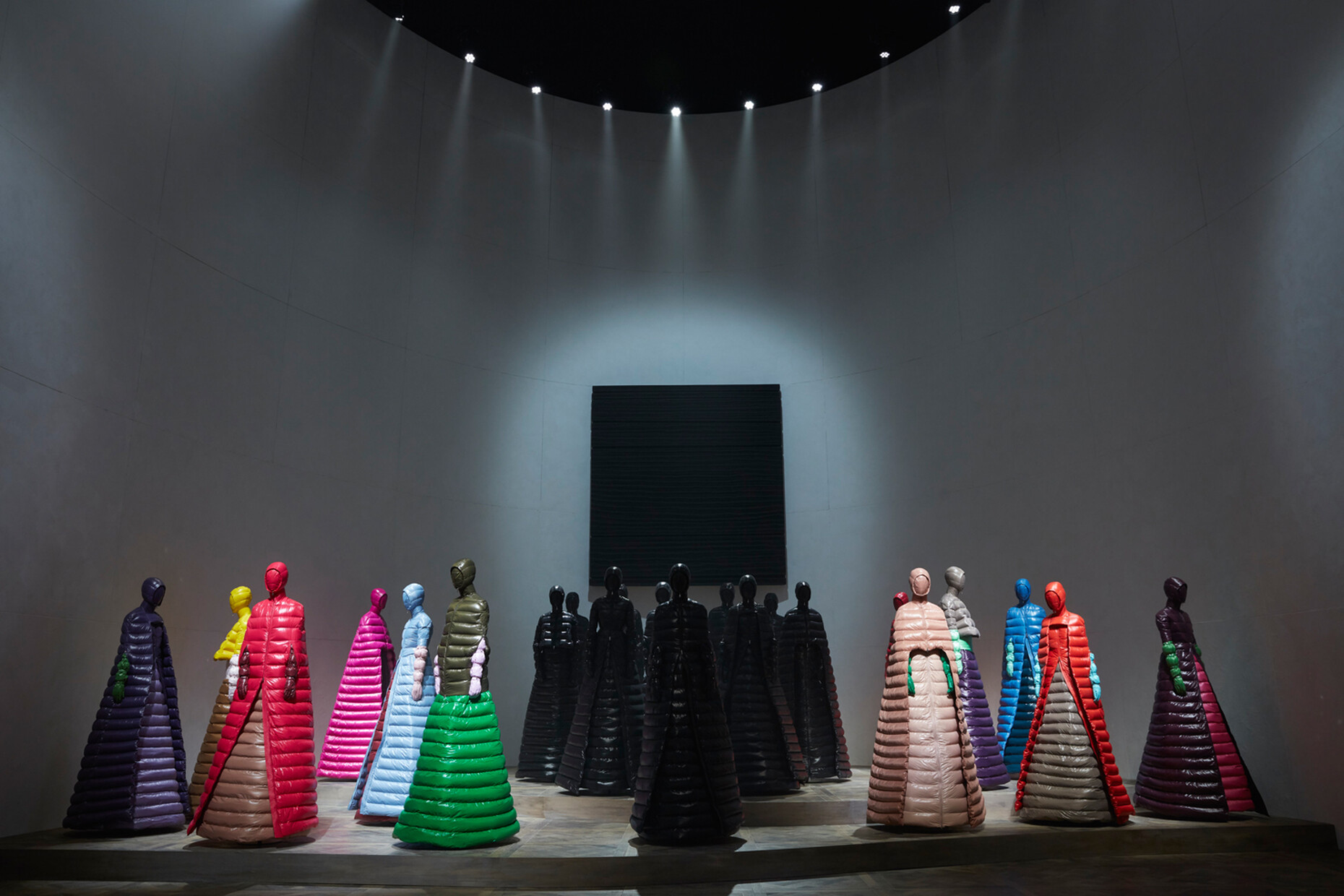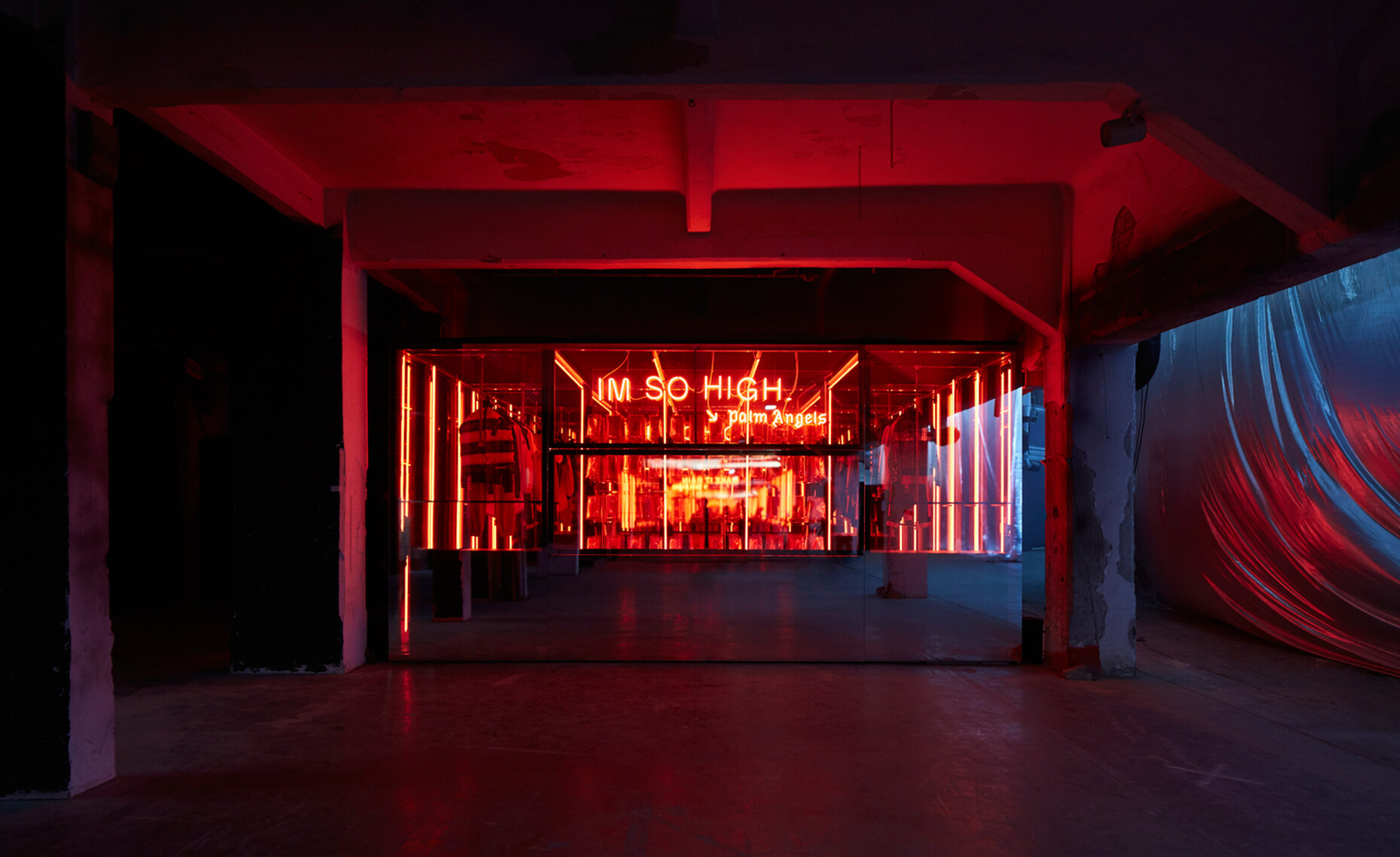Pushing boundaries as a manifesto
For a long time now, the international shows have been far more than just a stage for the presentation of seasonally oriented visions of contemporary and challenging clothing. Increasingly, creative directors and designers from the high fashion brands have vied for the public’s attention with spectacular presentations, breathtaking set design, surprising approaches to collaborations or the innovative use of modern media – sometimes far removed from the traditional catwalk. After all, the audience is now spoilt by floods of social media images, so it’s not unusual to see them paying more attention to their cell phones than the show itself. One successful example of the combination of fashion, art installation and creative team-building was revealed on February 20, 2018, to visitors of Milan Fashion Week – or more precisely, those on the guest list for longstanding Italian fashion brand Moncler. With its “Genius Building,” the brand known for its luxurious, feather-light down jackets has written a breathtaking new chapter in fashion history and thus demonstrated, not for the first time, how to masterfully dust off a concept that in itself is very classic.
Eight designers, including Craig Green, Simone Rocha and Pierpaolo Piccioli, were given their own show spaces in Palazzo delle Scintilla, in which they were able to present their personal interpretations of Moncler’s key piece. The British designer Simone Rocha had her models march through artificially snowy mountain landscapes in deconstructed outfits with a touch of the Victoriana, manufactured from down mixed with the materials that are so typical of her pieces, such as feathers, lace, fur, pearls and tulle. Pierpaolo Piccioli showed floor-length down coats on couture mannequins arranged in a semicircle, which in silhouette form and with their color spectrum were reminiscent of Valentino’s signature dresses and demonstrate the designer’s outstanding talent for the fine art of the cut.
Craig Green, known to be a lover of underwater worlds, collaborated with British design duo Isabel + Helen. Their tower-like installation, reminiscent of stacked rubber rings, against a dark background underpinned by a threatening industrial sound formed the set for Craig’s lavishly quilted “dive suits.” The New York based creative director Karl Templer showed a shimmering patchwork of Moncler jackets, while Comme des Garçons alumnus Noir Kei Ninomiya interpreted the theme with avant-garde minimalism on the basis of various different knitting techniques. “We see creativity as a limitless discipline, which can take on new forms of expression time and again – the Moncler Genius Building is set to remain now and in the future as an experimentation laboratory for inventive spirits,” announced Moncler CEO Remo Ruffini. Remaining true to the signature style yet with creative forays into unfamiliar territory – one way fashion can reflect the zeitgeist in order to appear exciting, attention-grabbing and pioneering.











